NHAI Increases Toll Tax by 5% – Here's All You Need to Know
The most recent toll hike impacts major highways, including the Delhi-Meerut Expressway and Delhi-Jaipur Highway, with increased fees for both private and commercial vehicles.
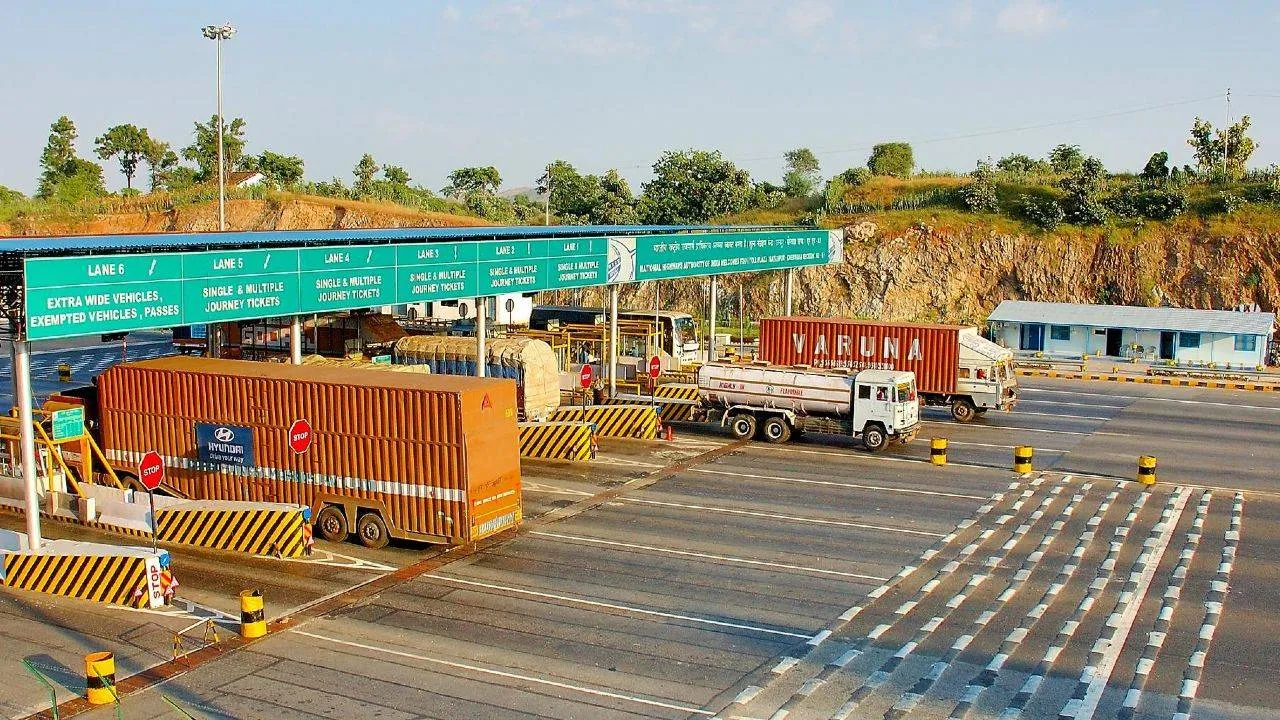
The National Highways Authority of India (NHAI) has increased toll fees by up to 5% at over 800 toll plazas nationwide. The increased toll charges, which came into effect from midnight on March 31, 2025, affect private car owners and commercial transport operators, with varying rates depending on the vehicle type and location. Travellers on highways near Lucknow will face a hike of Rs 5 to Rs 10 for passenger vehicles and Rs 20 to Rs 25 for heavy vehicles.
On the Delhi-Meerut Expressway, car owners will now pay Rs 5 more for the journey between Sarai Kale Khan and Meerut, while commercial vehicles will be charged up to Rs 580. Moreover, at the Chhijarsi toll plaza on NH-9, the toll for cars has been raised from Rs 170 to Rs 175.
Also Read: Renault to Acquire Nissan’s 51% Stake in Indian JV, Will Gain Operational Control
India's national highway network includes roughly 855 toll plazas, where fees are collected according to the 2008 National Highways Fee Rules. These plazas are essential for funding the maintenance and upgrade of the country's extensive road infrastructure. Approximately 675 of these plazas are government-funded, ensuring public resources support highway upkeep. The remaining 180 are operated by private concessionaires under agreements for maintaining specific road sections. This combination of public and private management aims to efficiently support the growth and maintenance of India's transportation system.
NHAI states that the recent toll fee increase is necessary to fund the ongoing maintenance and development of India's highway network. The increased revenue will be used to maintain existing roads, build new ones, and improve infrastructure.
Also Read: Honda Cars India Appoints Takashi Nakajima as President and CEO
NHAI believes this is essential for better road quality and safety, less congestion, and improved travel, allowing them to meet rising traffic demands and ensure efficient highways in the long run.
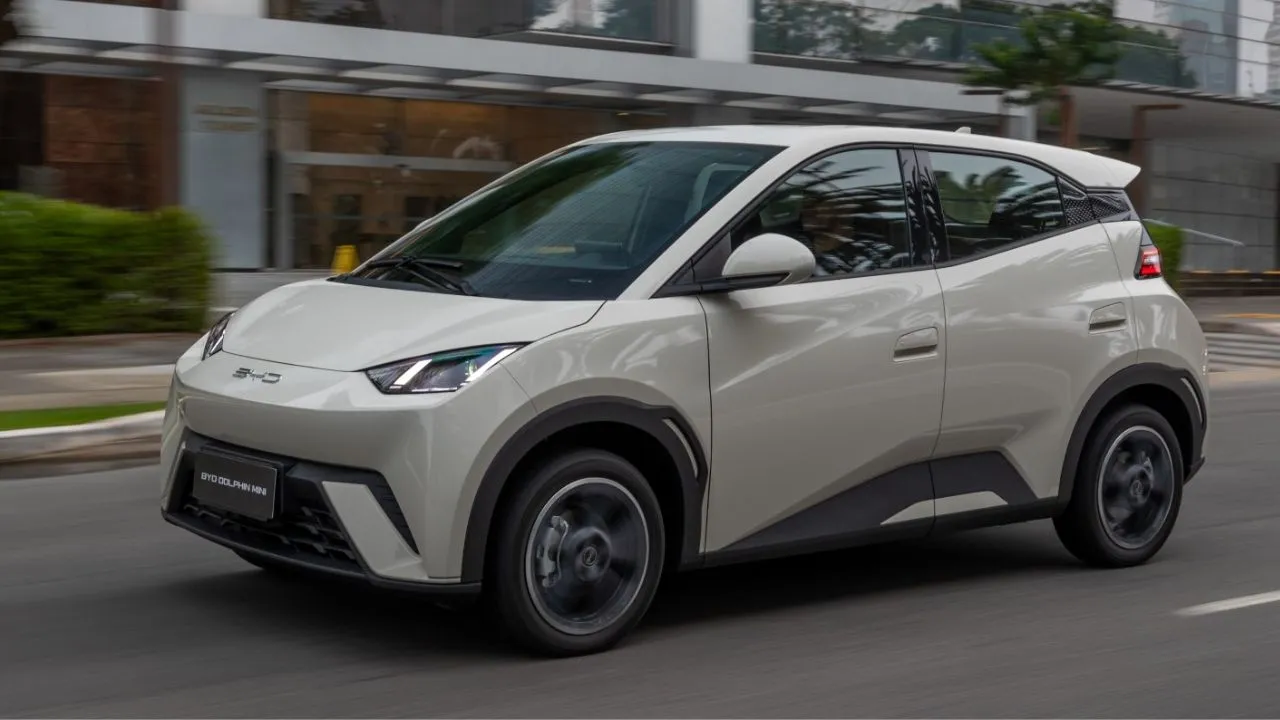
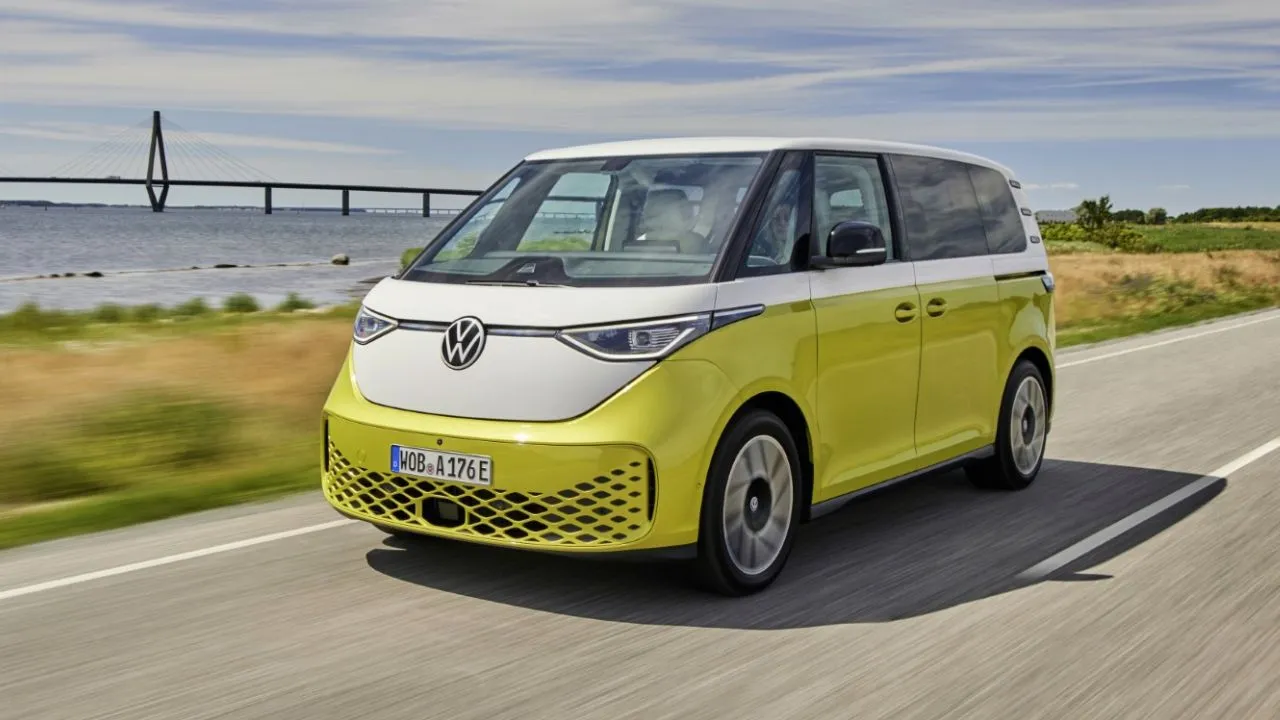
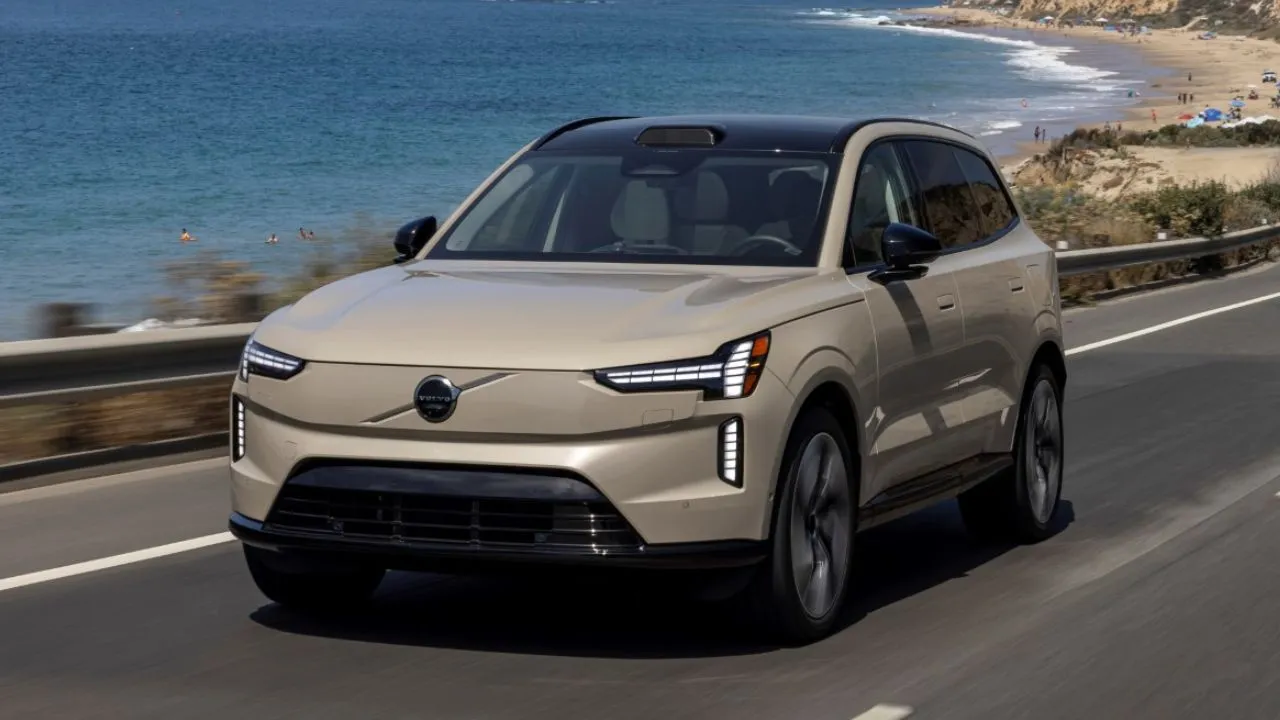
.webp)
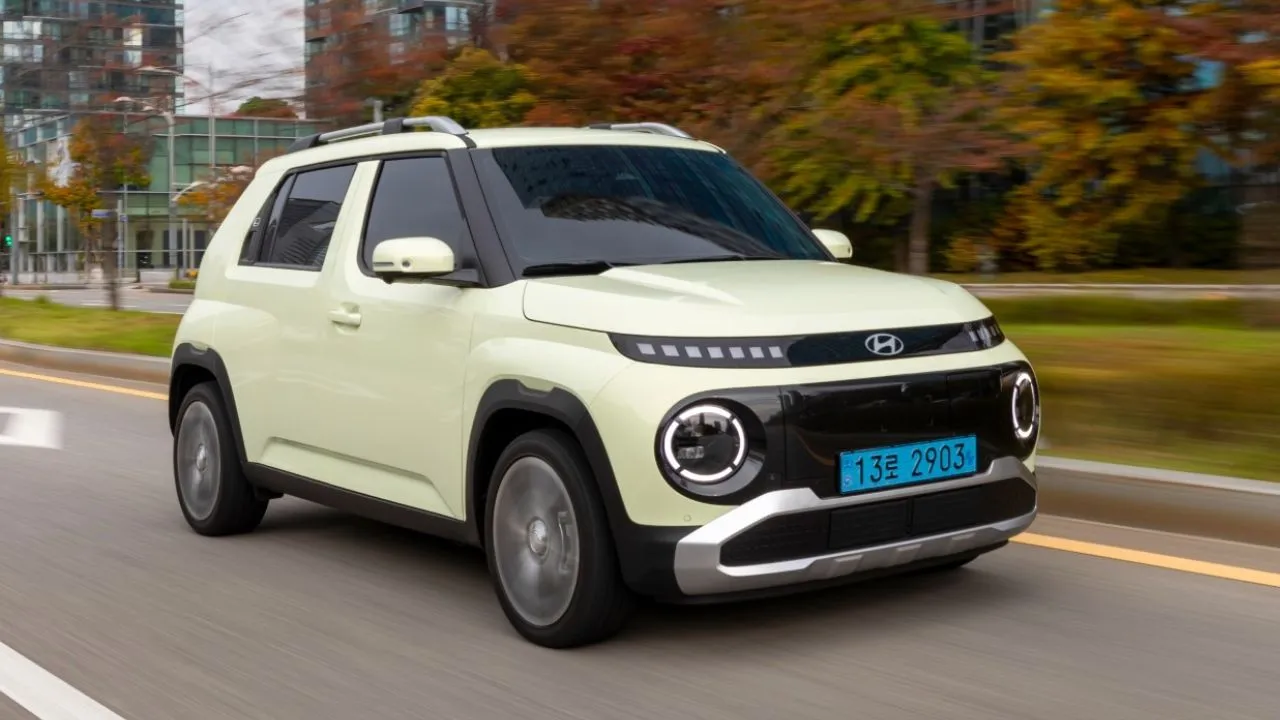



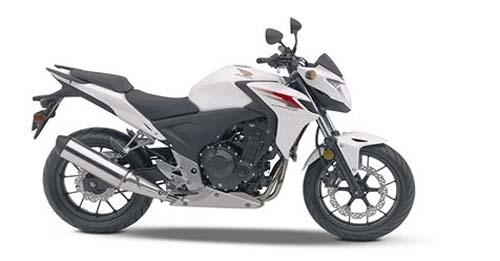















Write your Comment on